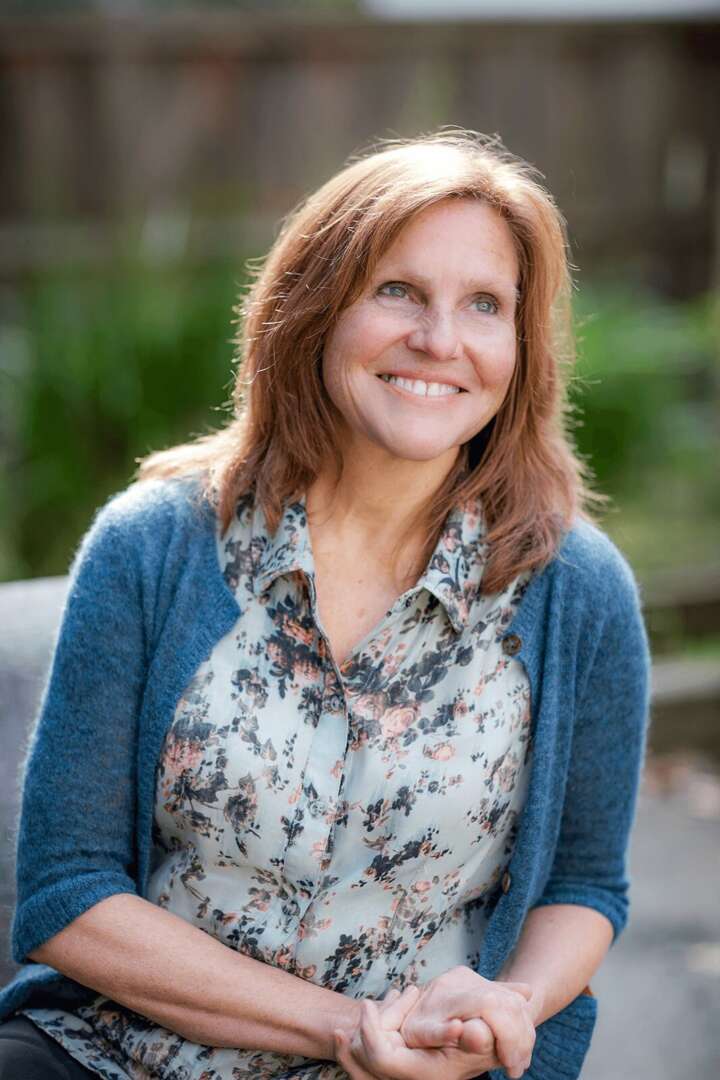We recently connected with Emily Smith and have shared our conversation below.
Emily, looking forward to hearing all of your stories today. Looking back at internships and apprenticeships can be interesting, because there is so much variety in people’s experiences – and often those experiences inform our own leadership style. Do you have an interesting story from that stage of your career that you can share with us?
As a young girl, I was captivated by Dorothy’s story in The Wizard of Oz; the songs Over The Rainbow and Follow The Yellow Brick Road were beacons. Her journey, love for Toto, and struggles with her mother resonated deeply with me. This story shaped my worldview, teaching me, I thought, my authenticity, especially when it meant taking risks. The appealing message is that we already possess what we believe we lack. Life experiences help us develop a sense of our true selves and learn to appreciate how life redirects us, showing us all that has not been explored. Suppose we become accustomed to our inner turbulence and tension if we do not shy away from the unnamable something that calls us to wake up, come home, listen to, and feel the wisdom, encouragement, and guidance destined for each of us. In that case, life’s conundrums show us the unloved parts of ourselves that reveal the emeralds of our integrity and, with patience, transform unexplored blocks into authentic connections with others.
During my third year of graduate school to become an acupuncturist (1993), a visiting scholar from Japan posed, in broken English, several questions that refocused my perceptions of myself and life. How do you know where your client feels pain? Can you sense pain in another person’s body? Can you touch and attune to another person in a way that supports their sense of empowered safety so they can become aware of the patterns that wreak havoc on their lives? What was he talking about? I had been taught to ask clients about their symptoms and complaints, not intuit or sense them energetically. But what he said was precisely the sense I had about how we can support each other. I was learning that our perceptions of our physical and emotional experiences are unreliable and that pain and discomfort distract us from our ability to connect to our capacities for healing and resilience.
At this time, I was 28 and still largely unaware of my unconscious patterns. But what I had was determination. I had an unshakable hunch that life could be better for me and, hopefully, for everyone. I had turned my back on Western medical school because I felt called to a holistic model of the body-mind-spirit that might include social justice, cultural competency, and educating people about our miraculous bodies. It was 1989, then the end of Reagonomics. In my angsty 20s, many aspects of Western society’s commercialization of everything and everyone left me disillusioned.
Further, my experience of losing my father to a complicated illness and then living with dysfunction in our family taught me many survival strategies and left me feeling alone and disconnected. I was raised by a single mother who longed to embody feminism but whose life’s challenges left her overwhelmed and needy for the support of a man. I was disdainful of her choices and refused to see her needs as anything but selfish.
At that time, it seemed my body was trying to communicate with me somehow. From a young age, I struggled with various health issues. What I have learned is that physical ailments are a manifestation of emotional distress. My body screamed for change, but I could not decipher its messages.
So, I was eager to risk change and uncertainty to explore the possibilities.
After studying Chinese Acupuncture for three years, I was surprised to learn that the Japanese do traditional medicine in a uniquely gentle way. The visiting scholar from Japan offered our class opportunities to intern at two clinics in Japan. Because the theories of energy flow that support all life are consistent between cultures, I assumed it couldn’t be that different. I was wildly wrong. The morning I left San Francisco for Japan, I was walking in Fort Mason when I heard a jazz band playing, you guessed it, Over the Rainbow. It was Destiny! Tears streamed down my face as I FELT aligned and somehow called by all the experiences that had led me to this decision. What kind of a path was I stepping onto?
The first clinic was traditional in that only a curtain separated each patient. Everyone’s voices were calm and quiet. Though the clinic was busy, interns and practitioners moved smoothly between the eight cubicles, doing bodywork, needling, performing moxibustion, and whispering. I was allowed to tag along, but not knowing Japanese, I could only watch closely and rely on my American training, which I quickly learned had taught me next to nothing about treatment. I had learned nothing about how to touch another person with presence and care, voice and touch. Before clinic hours, at lunch, and after clinic, there were tai chi classes next door in a tiny Dojo. The tall, slim, soft-spoken Osawa Sensei stood, apparently sleeping in the corner, but somehow saw everything. The form of Tai Chi was graceful, fluid, and so relaxing! So unlike the Chinese fighting forms, I had learned in the US.
The other clinic was at a National University for the Blind, in a small rural town, a LONG bus ride outside Tokyo (there was no train yet). This clinic was very Western; the practitioners wore white lab coats and bustled between cubicles with more privacy than the Tokyo clinic. However, the attention to the client was very similar. The days I spent at this clinic were long, busy, and filled with numerous brief moments of connection, during which the practitioner and the client would connect through words and touch. These practitioners were serious about their work but also kind and curious about me, and they frequently took the time to explain important parts of treatments. Their attention and patience with the clients often moved me. These people cared deeply about themselves and their place in the world.
I was experiencing a very different way of being human. In retrospect, I was experiencing the spacious presence that humans can create when they feel safe, seen, and cared for.
I was exhausted and inspired! The interns and practitioners embraced me like knowing allies. They cared about me as a human and wanted me to learn and enjoy Japan. I had landed, like Dorothy in Oz, by no unique gifts of my own, in a land enamored of English speakers willing to learn Japanese ways despite the crazy cultural challenges. The flow of life carried me in ways I couldn’t express in words, but I FELT supported and encouraged.
Traditional medicine theory is based on a field of energy that surrounds and enlivens us– Qi or life force. The connection is always there, yet for many of us, it is not apparent. We feel alive and supported if we can attune to ourselves and this field. When we allow our unique gifts to flow seamlessly into the “field” without obstruction, we can move with the field deliberately and connectedly when we know and are attuned to our true nature. We allow energy to move and inspire us. If we are familiar with how our energy feels, moving through life experiences can show where we are aligned with or pushing against the field, our true nature, and the flow of life energy. Life feels reassuring, inspiring, and enlivening.
Childhood wounding, confusing experiences, and feeling burdened by others` needs are just a few reasons we learned to move against the flow of qi. At some point, we started moving against our nature to adapt to someone else, using our will to subvert our natural, healthy authenticity. In these forced patterns, we do not feel connections, our life force, or the nuanced rhythms of life. Instead, we feel the pain of disconnection, angst, and loneliness. We become stuck in our need for attachments that do not serve us.
My life experiences had piled on layers of strategy based on fear, power, and greed but little in the way of presence that might teach me to shed or unbind my cluttered mind and stressed-out body. Ruminating through stressful situations, confusion, or pain disconnects us from our resilience, creativity, and life energy. Nothing moves, and the pressure builds within us. The distortion is like a tributary in a river that has become stagnant or stuck. We learn to react further, retreat, and rationalize to relieve the pressure, desperate to make sense of what’s happening. We feel anxious, thinking without feeling, and moving without breathing. Our bodies’ physiology becomes compromised, contracted, and less efficient in this disconnected state. Over time, dis-ease disturbs our digestion, sleep, and ability to focus and relax effectively.
.
Happily, all our physiological systems have evolved for change and challenge. Notably, they also have nuanced needs for healthy relaxation and an innate need to decompress regularly for optimal responsiveness. Many of our modern-day demands have replaced restorative relaxation and nourishing activities with distraction and screen time. No wonder we are depressed, anxious, and unable to find our way back to our peaceful mind and body! Life is about movement and change, growth and development. Embracing change and learning from it but not adding extra tension enlivens us. Connecting with our body can help us settle, relax, and trust that safety is just a breath away. We have also evolved to need help from ourselves and others, returning to our bodies’ capacities to facilitate and integrate energy, emotions, and experiences. Our nervous systems co-regulate with other humans and nature. How amazing is that?!
I was beginning to feel confused. My American upbringing had not given me these simple, attuned experiences of authenticity, safety, connection, and aliveness. Instead, I learned to stay quiet to stay safe. I had grown up with a neglectful parent. I quite happily flew under her radar as best I could. The costs of these strategies were becoming apparent. But I was also learning to pay attention to myself and others in ordinary yet mysterious ways.
In retrospect, the language barrier made this possible. I was a child again, completely unable to understand the Japanese language or communication. It was 1993. There were computers but no internet or cell phones with translation apps. Rural Japan was isolated. Everything was confusing, tedious, and exhausting! But the people found a way in their busy lives to connect, slow down, and assist me. Like a young child, I was exploring the world with fresh eyes and very little preconception about how things should be. I made mistakes, got lost, gathered experiences, and saw new ways to be. Everyone parented me with watchful, curious eyes!! They suggested I be careful all the time. They noticed so many things I needed to pay more attention to! I found this both annoying and fascinating. What were they noticing that I wasn’t able to perceive? Imagine life as a child. Knowing nothing, I became used to making mistakes, doing hard things, and struggling every day. I gratefully accept help and guidance.
Further, I began to feel that other people appreciated me in ways I had never known even mattered! I gradually learned the dis-ease I felt in America was often due to my inability to clearly express what mattered to me. I had a minimal capacity to be with my agitation and that of others. I caused harm in my relationships by playing the victim and not seeing that I was the common denominator. Of course, I had worked hard to be so defended and resistant. That’s what I learned growing up. Life was about struggle, confusion, and isolation. So moving to Japan, learning the language, and diving into such a foreign culture felt familiar– I was following my yellow-brick road, hoping someone would point me to Oz.
I initially went to Japan for four months. I remember when I knew I would be learning Japanese and likely staying there for the rest of my life. No doubt, this was the change train, and I was on it. I dove in and learned Japanese ways of living, communicating, and trusting that this was my path. I married, had two children, learned Japanese, and completed Acupuncture, Shiatsu, and Moxibustion training in Japanese. I opened a clinic with a yoga studio. The cracks in the wall began to show.
The moment for me was a chilly morning in December 2013. I was 48. I had been married for 22 years to a Japanese man, and we lived in Tsukuba Shi, a small city about an hour outside Tokyo. My husband had for years been content to drive his car on empty. The dashboard light would be solidly lit, and he felt confident he knew how much gas was left in his tank. I was the wife, mother, a self-employed foreign woman who had mentioned many times that I did not have the luxury of driving around on empty. I had children and responsibilities I cared to be prepared for. And I had also suggested that someday he would run out. I was unaware I had made him feel secure, depending on me to be there as needed. I was VERY aware that I resented not feeling the same security.
Today was that day. I was dressing after a shower, cold steam rising off my body as I stood in the miserable hallway I called my room. I worked as an acupuncturist at a Gynecological Hospital, so I had plans for my day. I had already prepared breakfast and lunches for my two kids, my husband, and myself.
My husband had left early because he had been asked to teach a class in Tokyo. When he called, I felt a sudden, unmistakable, energetic shift. I answered the phone, and he explained that he had run out of gas. Can I stand by his car and wait for the tow truck, and he will take my car and go about his day? I felt a powerful wave of rage, self-love, acceptance, calm, and unshakeable determination wash through me. I had been in this situation many times but never felt the clarity and presence I did that day. This relationship was never going to change. I was done, and I felt free.
I told him no. I had a job I cared to show up for. I felt a powerful energy fill my whole body and being—there was no need to go crazy and scream at him. It felt better to stay calm and held by the force I cannot describe. I was so solid. I knew it would be hard. There were many loose ends to weave together, but an undeniable assurance flowed through me: This had to happen, and we all would be better for it.
That day, I woke up to myself and my importance: my life, love, and joy matter. Until then, I had been asleep, a child willing to let others call the shots and use me however they decided to. From that day ten years ago, I have been cultivating my relationship with this energy that helped me FEEL my way out of that sleepy life situation.
I am still learning to be gently honest with myself and the confusing patterns I built to keep me safe but not vibrantly alive. If we can learn from our strong emotions and not act on them but release or integrate the stories, a sense of peace and lightness arises. I sidelined my career to be a mother and wife. Life showed me where to be more authentic, where to push back and step up, and where to lean in. Leaving Japan and my marriage was another step on my path.
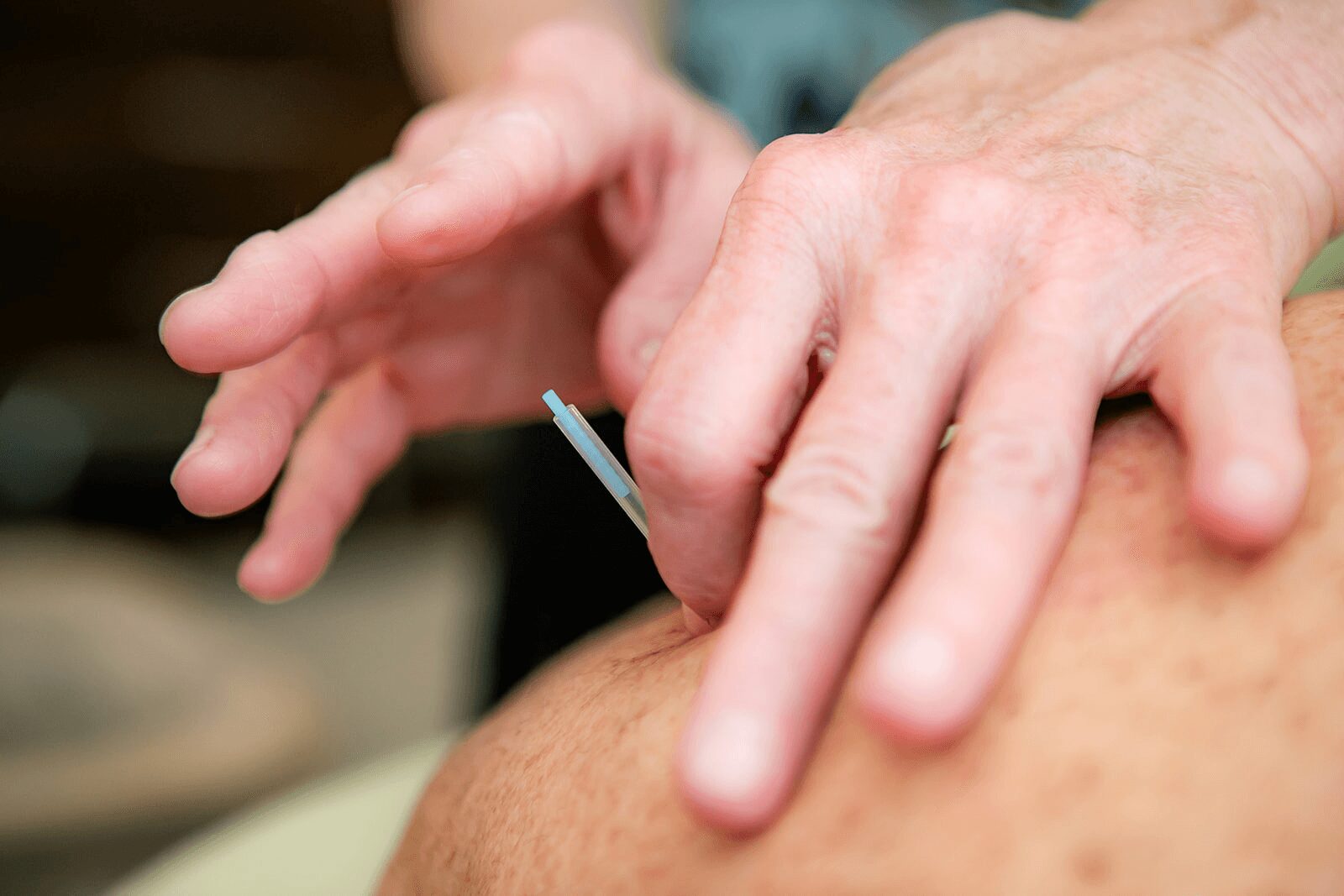
Emily, before we move on to more of these sorts of questions, can you take some time to bring our readers up to speed on you and what you do?
I got into holistic medicine because I had seen how Western medicine generally provides one-size-fits-all treatments based on data for primarily white men. My relationship with my health and wellness has been fraught with confusion and misinformation. Many traditional cultures have medicinal wisdom for all stages of our lives, and Western medicine has learned from this. Still, it doesn`t help us understand how we can assist our bodies in maintaining wellness.
This is where I come in. I love helping people find their personal user`s manual. Our body always communicates with us, but in a language we haven`t learned or prefer not to listen to. Once we learn to listen and appreciate our bodies` signals it becomes a trusted ally and precious home for peace, inspiration and aliveness. This, I believe, is our birthright.
Posture Matters- our bodies are finely tuned instruments. Misalignment and chronic postural compensations leads to contraction of our health energetic flow. These nergetic holding patterns from injury, wounding, and environmental stress take their toll.
Self-Betrayal- where have we not taken responsibility for your symptoms, not because we don`t care but because no one helped us understand what our body needs to thrive and flourish? Learning to take responsibility for our wellness means learning to listen and not numb symptoms of pain, discomfort or emotional upset.
Technology and Isolation– we have evolved to co-regulate with nature, other humans, and animals. Technology has blinded us to our capacities to give and receive support to this Earth and the many relatives we share it with.
I work with people where they are. Whether they’re in physical or emotional pain, I help them learn what the body needs to release tension so their physiology can do its innate job and they can reclaim their aliveness, joy, and creativity.

How about pivoting – can you share the story of a time you’ve had to pivot?
After leaving my marriage in Japan, I returned to America to start again. I had numerous tools to share, but I knew nobody in my profession or Marin, California, where I chose to land. Joining several business networking groups really helped me gain my sea legs. I gained confidence speaking about my background and experiences and learned about other professions and how we could support each other. I made friends and discovered how much fun it is to promote trusted “business” partners who are actually friends. I learned to give away free sessions so people could feel what I do. I learned the value of trading skills and services. I still have a bookkeeper, CPA, and housekeeper from these “pivotal” relationships. I have a solid list of people I can call for everything from banking, real estate, and finance to window washing, painting, construction, party planning, psychologists, etc. I met other body workers and learned how and where they train.
Since then, I have learned about Insurance billing and workers’ Compensation ( and why I no longer take these cases).
Importantly, I gained friends on similar life paths with whom I can share my struggles and learnings. I have continued to develop my skills with classes and seminars in Developmental Trauma, Attachment Theory, Internal Family Systems, Hakomi Therapy, Somatic Experiencing, the Tamura Method, Sound Healing, The Circling Institute, and Interchange Counseling.
I also learned to dance, mostly Swing, lindy, Balboa, and a little Tango. The Music and community of dancers have helped me enjoy myself and these fabulous moving methods over the years.
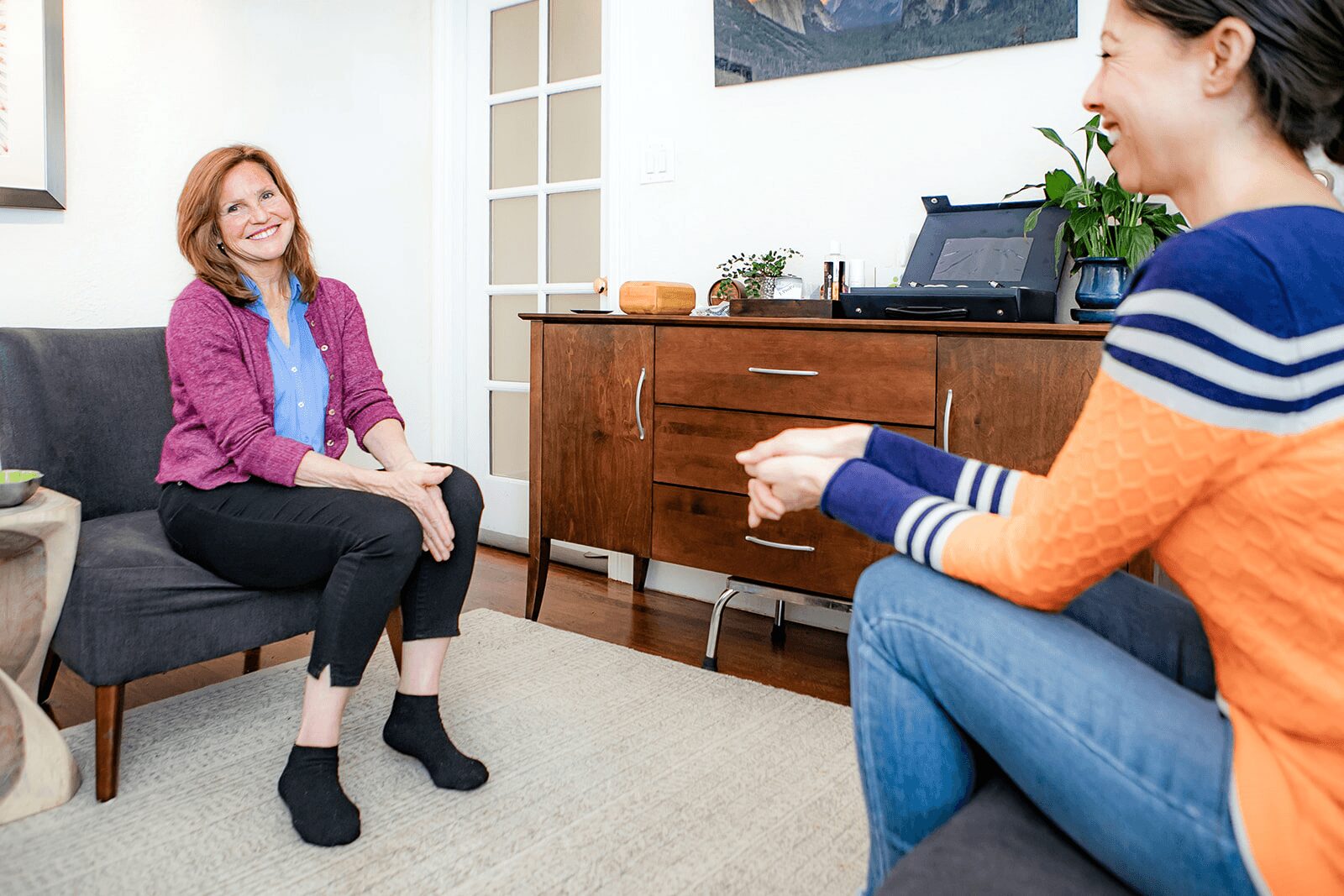
Other than training/knowledge, what do you think is most helpful for succeeding in your field?
Life experience has guided me over the years. I never intended to go into business, but the thought of working in a hospital was not appealing. I had experiences working in private clinics with friends, so work felt like play. We all had each other`s backs and happily referred each other. We shared what we were learning and supported each other in being better people, practitioners, and business partners. I am grateful to my mentors and teachers who supported my development by sharing their mistakes and struggles. I also had experiences working with people who were not friends or allies. Finding people I enjoy working with matters. Now that I have been in business for close to 30 years, I am happy to share what I have learned with people just starting or who need support.
Contact Info:
- Website: https://emilysmithacupuncture.com/
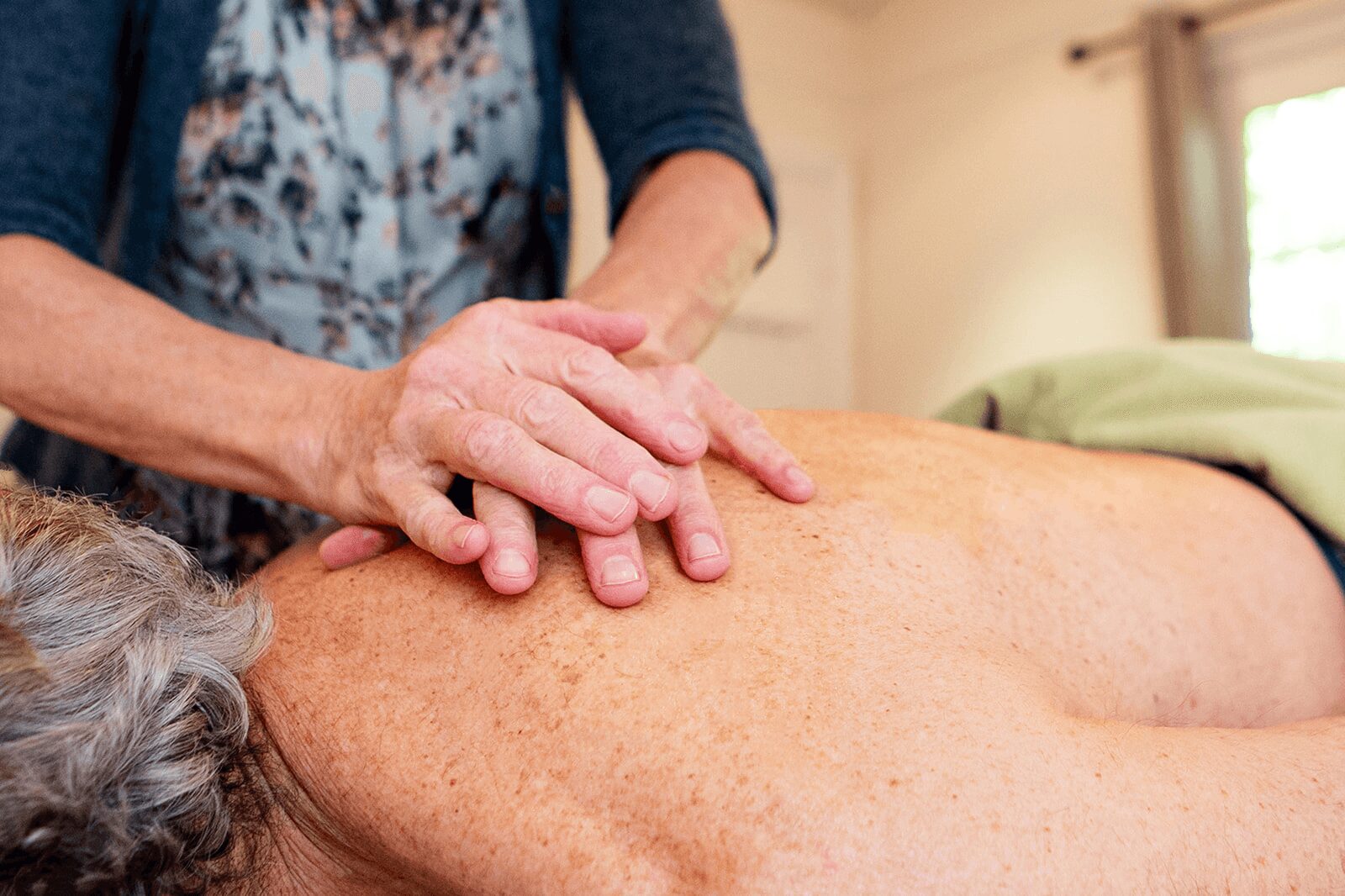

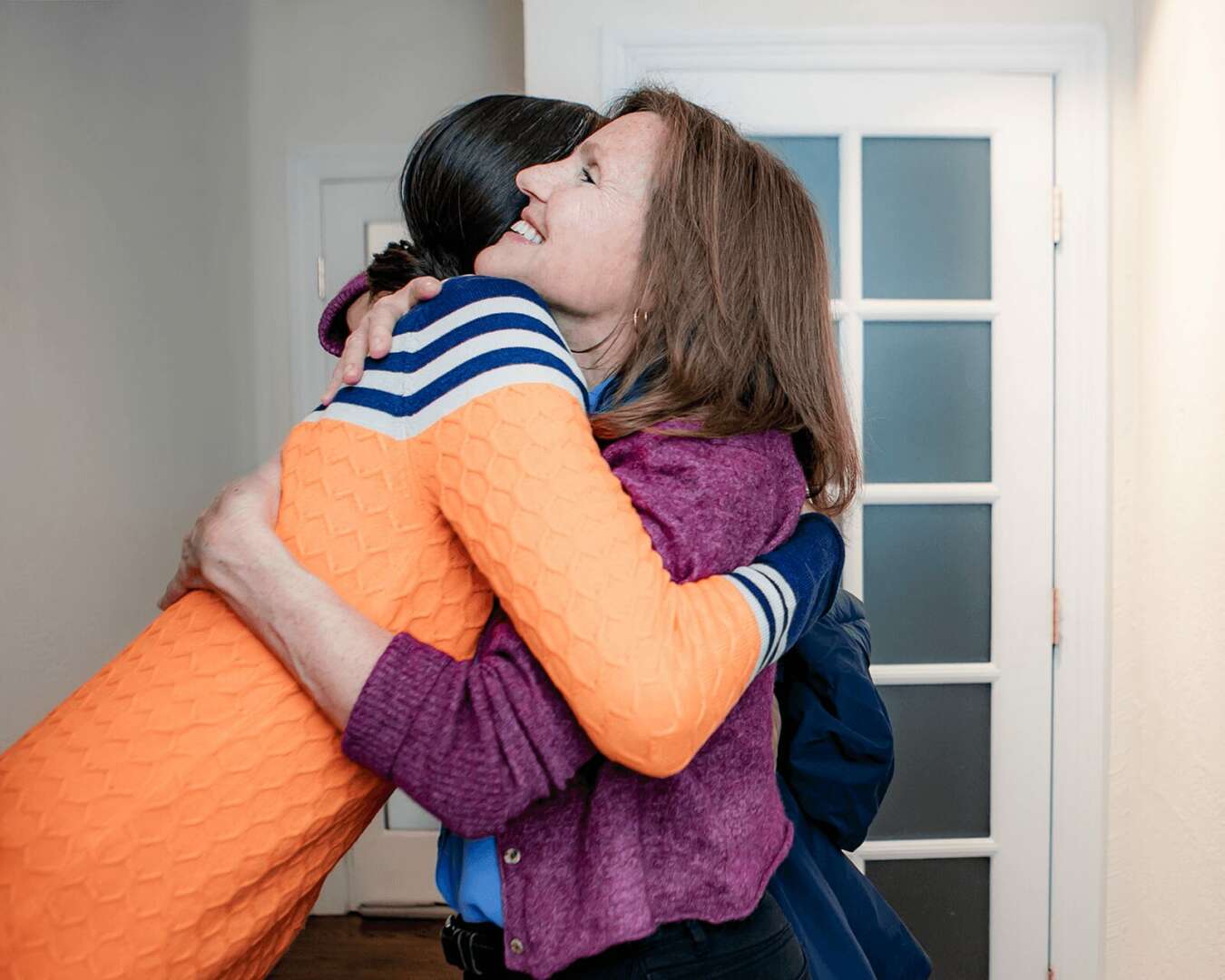
Image Credits
Laura Reoch, Photographer


